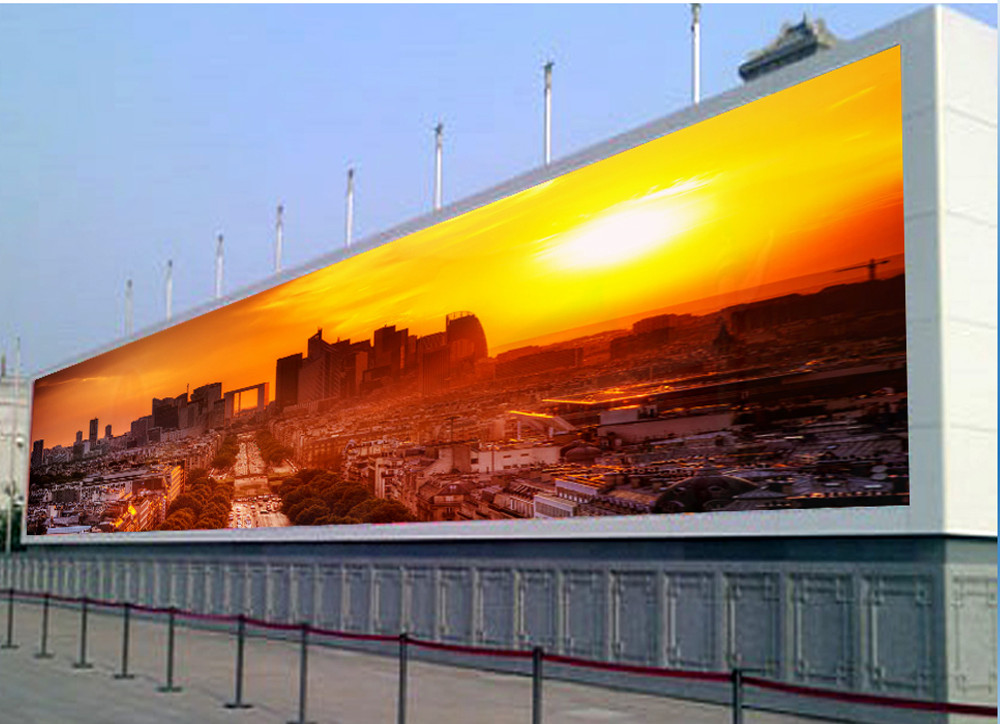Industry news
What are the characteristics of car LED display screens?
I believe many people have seen car mounted LED screens, which are quite common in buses and taxis. They use dedicated power supplies, control cards, and unit boards to display text, images, animations, and videos through dot matrix on/off devices.
Buses and taxis, as important means of transportation in cities, have a large number of routes and unparalleled penetration in the bustling sections of the city. The key to choosing advertising tools is to value the size of the audience and the scope of dissemination. Meanwhile, buses and taxis are good carriers for showcasing the city’s image. Installing LED screens on the bus body, front and rear, taxi roof or rear windows as a platform for information dissemination can beautify the city’s appearance, do a good job in urban lighting image engineering, and achieve the practical goal of rapid development for the takeoff of the city’s economy.
It is an independent LED car display system that emerged with the rapid development of LED displays. Compared with ordinary door screens and fixed and immovable LED screens, it has higher requirements for stability, anti-interference, vibration resistance, dust prevention, and other aspects. Usually it is a LCD display screen with external sound, readable SD card, USB and Bluetooth functions.
Features of car mounted LED display screen:
1) High stability and reliability
Cars are constantly moving and require high stability and reliability of electronic products.
2) Stable power system support
The car’s power supply is powered by a battery. When the car starts, brakes, and stops, it will generate a high pulse voltage. If the power system is not good, it will burn out the LED screen.
3) Wide working temperature range
In the north, cars are usually placed outdoors. The temperature may reach -40 ° C in winter and 60 ° C in summer, which requires the power supply and LED screen components to operate at a wide temperature range.
4) Good anti-static measures
Cars are prone to generating static electricity during operation, especially in autumn when the static voltage can reach several thousand volts. Without proper anti-static measures, it is easy to damage the IC and LED lights.
5) Appropriate brightness
Appropriate brightness, if the LED screen is not bright enough, it will not be visible during the day, losing the significance of installing a display screen; If it is too bright, it will affect driving.
6) LED brightness attenuation
LED attenuation characteristics, LED brightness has attenuation, with a attenuation rate of 10-70% in a year. In half a year of poor quality, the brightness decreases by half, making it difficult to see the displayed content clearly.
